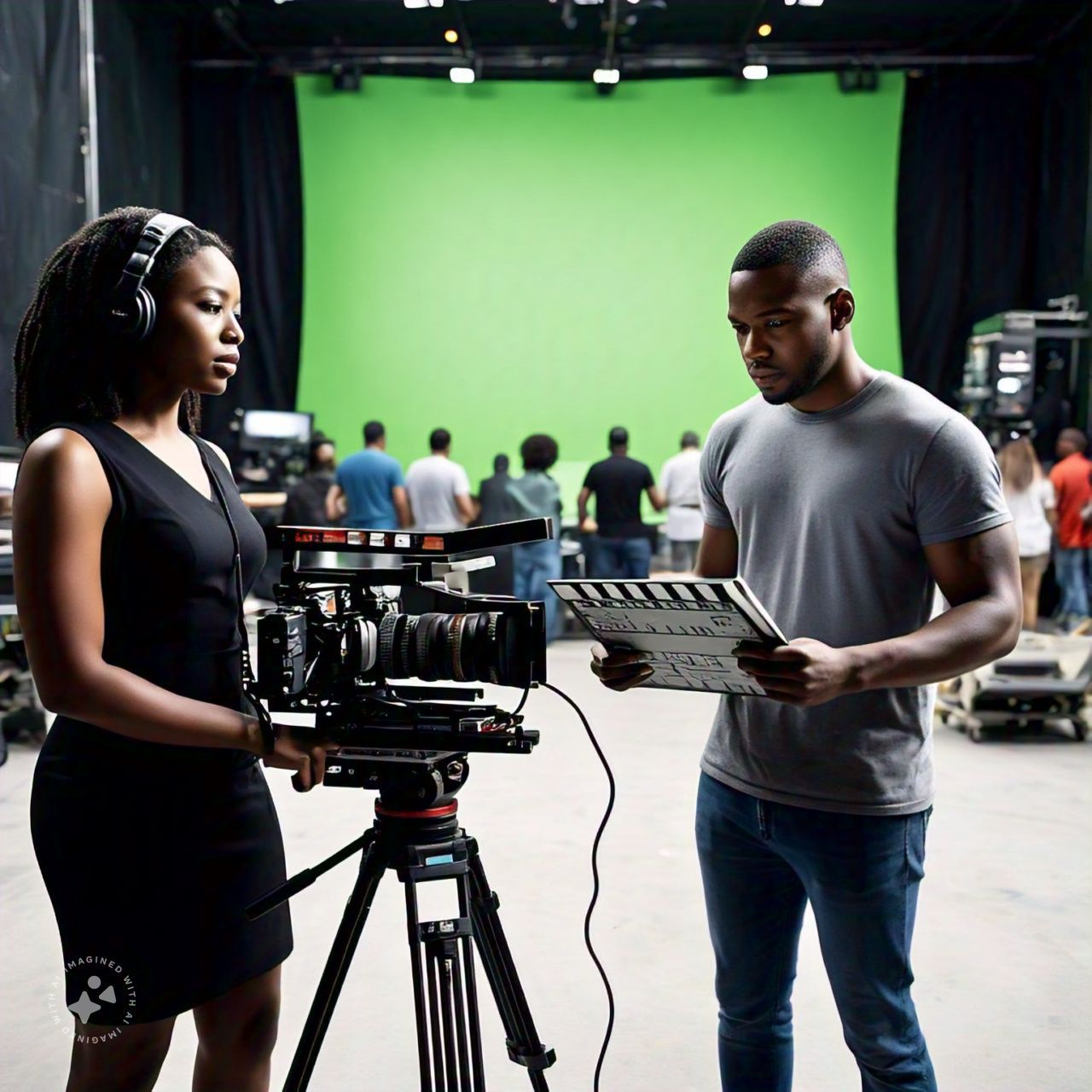
In film production, the roles on set can sometimes feel like an alphabet soup; PA, AD, DP, GAFFER. Among these roles, two frequently misunderstood positions are the Director’s Assistant and the Assistant Director (AD).
Despite the similar titles, these jobs couldn’t be more different in their responsibilities, priorities, and contributions on set.
If you’ve ever found yourself confused about who does what, or even assumed they’re the same role, you’re not alone.
The Director’s Assistant is the director’s right hand, handling everything from scheduling meetings to running personal errands.
They ensure the director can focus on their creative vision without being bugged by logistical concerns. Think of them as the behind-the-scenes facilitator for the director’s day-to-day life.
On the other hand, the Assistant Director (AD) is the set’s powerhouse of organisation, responsible for maintaining order, keeping the production on schedule, and ensuring the director’s creative needs are met without disrupting the workflow.
The AD is the go-between for the director, cast, and crew, balancing creativity and efficiency.
These two roles may sound equally important (and they are), but they operate in completely different spheres.
In this article, we’ll break down the differences between the Director’s Assistant and the Assistant Director. We’ll look at their responsibilities, skills, and how they contribute to the production.
Whether you’re considering a film career, curious about the inner workings of a set, or trying to decide which role suits you better, this guide will give you all the clarity you need.
READ ALSO: You’re a screenwriter but don’t like to write: here’s how to overcome writer’s block
The Director’s Assistant: The Right-Hand (Wo)Man to the Visionary
Think of the Director’s Assistant as the ultimate multitasker and personal gatekeeper. This role is all about making sure the director can focus on their creative vision without being bogged down by logistical or administrative headaches.
Their primary duties include managing the director’s schedule, handling communications like filtering calls, emails, and on-set questions, and coordinating personal and professional needs.
On set, the director’s assistant is not typically involved in the technical or creative logistics of the shoot. Instead, they are ensuring the director is calm, prepared, and ready to make decisions.
Did the director forget their script? Are they being overwhelmed with random questions? The assistant swoops in to handle it all.
To be a director’s assistant, one has to possess any of these key traits: exceptional organisational skills, discretion; the ability to maintain confidentiality, and an understanding of the director’s working style.
The Assistant Director (AD): The Commander
The Assistant Director (AD) is the problem-solver and timekeeper on set. Unlike the Director’s Assistant, the AD works directly with the entire crew, ensuring the production runs smoothly, efficiently, and safely.
Their primary duties include creating the shooting schedule and making sure the production stays on track, occasionally shouting “quiet on set,” “rolling,” and other commands during filming, managing the crew, cast, and extras to keep everyone in place and ready to work, ensuring safety protocols are followed, from handling stunts to monitoring crowd scenes.
On set, the AD is the director’s tactical partner. While the director is focused on the creative aspects, like framing a shot or directing actors, the AD ensures the logistics behind that creativity are seamless.
They coordinate departments, solve immediate issues, and make sure everyone is where they need to be, doing what they need to do.
Their key traits include strong leadership and communication skills, quick decision-making under pressure and a deep understanding of production workflows.
The AD keeps the entire set moving like a well-oiled machine, making it indispensable in achieving the director’s vision on time and within budget.
So, Why the Confusion?
It’s easy to mix up these roles because both involve working closely with the director. However, their day-to-day tasks are vastly different.
If the director is the heart of a production, the Director’s Assistant is the pacemaker, keeping them steady and focused. The AD, on the other hand, is the pulse, ensuring the entire production runs like clockwork.
If you’re highly organized, love working one-on-one with creative people, and are a natural problem-solver, being a Director’s Assistant might be your calling.
On the other hand, if you thrive in high-pressure environments, love managing large teams, and have a knack for logistics, the AD role could be perfect for you.
Either way, both positions are crucial to the filmmaking process, and understanding their differences is key to finding your place in the industry.
 topnaijanews Stay informed with the latest Nigerian news at your fingertips
topnaijanews Stay informed with the latest Nigerian news at your fingertips
